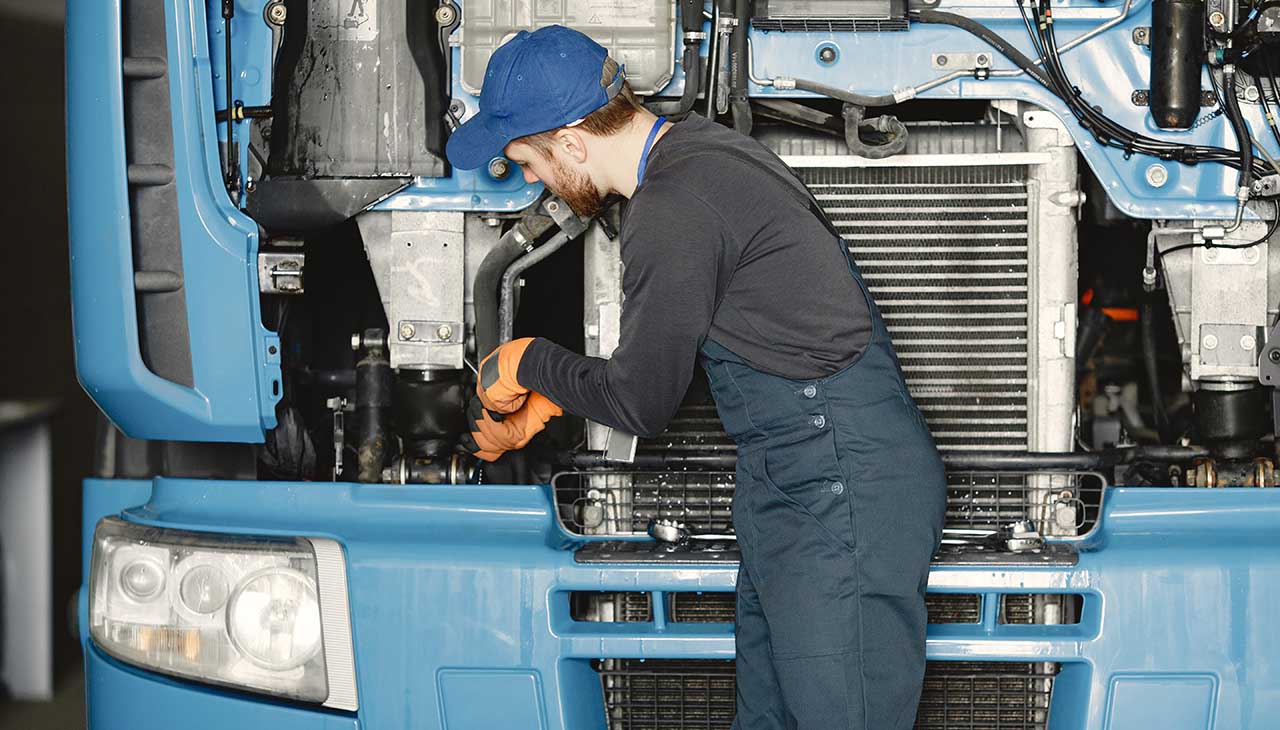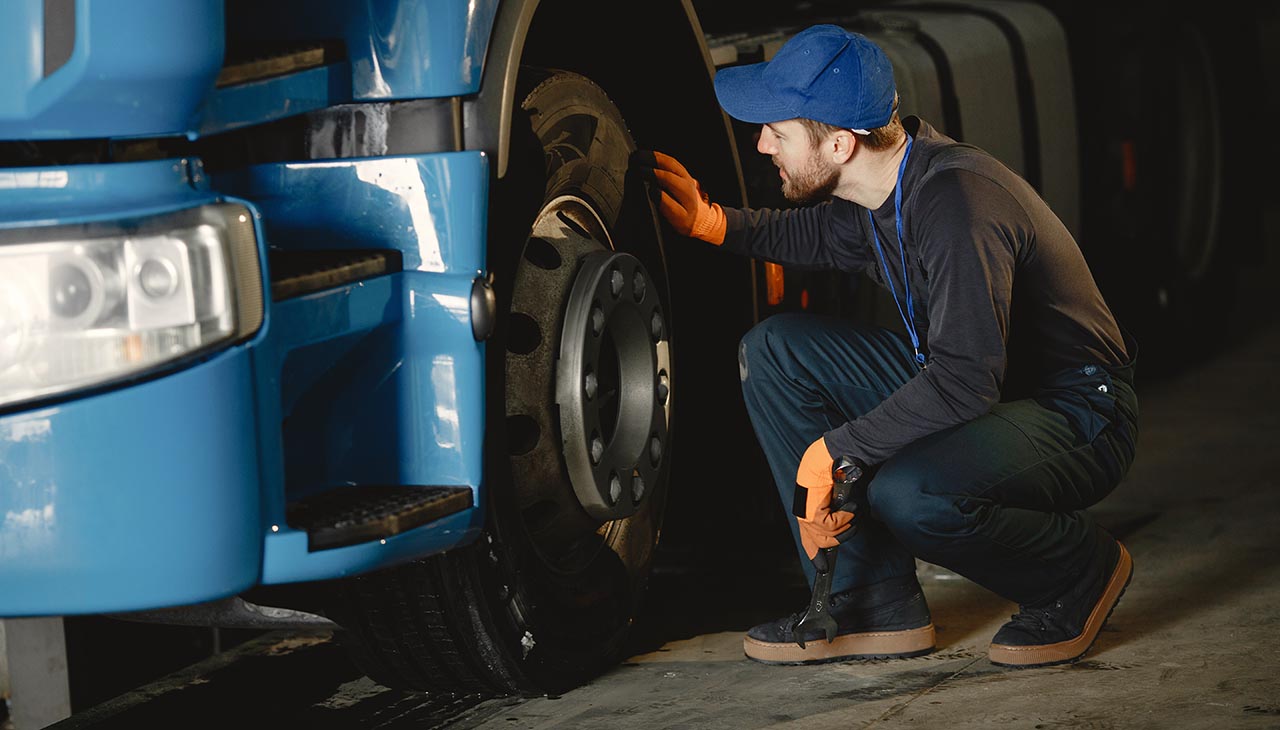The prospect of restoring an old truck can be a thrilling adventure filled with opportunities to learn and challenge one’s skills. The process, while complex, is incredibly rewarding, breathing new life into a vintage machine and preserving a piece of automotive history. The journey to restoring an old truck begins with a few essential steps, including establishing a clear plan, inspecting the vehicle, and gathering the necessary tools and parts. This guide will walk you through these initial stages, setting you on the right path to your restoration project.
Research and Planning
Identifying Your Truck’s Model and History
Before you can start hammering away, it’s crucial to thoroughly understand what you’re working with. This involves identifying the specific model and year of your truck. Look for any identifying marks or plates that may be on the vehicle, or better yet, if it’s possible, check for the VIN (Vehicle Identification Number). This information is crucial as it can provide insight about the truck’s unique history and original specifications.
Once you’ve determined the model and year, it’s time to delve into the truck’s history. Try to find out as much as you can about the vehicle’s past, including its original factory specs, any modifications that may have been made, and how it was used. This information will allow you to understand what parts you need and any potential issues you might encounter during the restoration process.
Setting Restoration Goals
Now, with a clear understanding of your truck’s identity and history, you can set concrete goals for your restoration project. Are you looking to restore the truck to its original glory, adhering strictly to the manufacturer’s specifications? Or perhaps you’d like to put your personal spin on it with some modern upgrades and customizations? These are important considerations that will influence the tools, parts, and techniques you’ll need for your project. Remember, the key to a successful restoration lies in meticulous planning and clear goals.
Assess the Condition
Thoroughly inspecting your truck is the next pivotal step in the restoration process. Begin with a comprehensive external examination. Look for evidence of structural damage like dents, cracks, or misalignments in the body. Scan for any signs of rust as well, especially in typical problem areas like the wheel wells, the undercarriage, and the lower parts of doors.
Next, assess the interior. Pay attention to the condition of the upholstery, the dashboard, and the overall cleanliness. Check the state of the truck’s electrical systems, including lights, gauges, and the ignition system. Remember, every detail matters, no matter how minor it may seem.
Once you’ve performed this in-depth inspection, document all identified issues. Prioritize them based on their severity and the role they play in the truck’s operation and safety. This list will serve as your roadmap, guiding your restoration efforts and helping you allocate your time and resources effectively.
Create a Budget
Creating a realistic budget is crucial in your truck restoration journey. Start by estimating the cost of replacement parts. This will likely constitute a significant portion of your budget. Factor in the cost of both exterior components, such as body panels and tires, and interior components like upholstery and dashboard instruments. Don’t overlook mechanical parts either – the engine, transmission, and suspension components could all potentially require attention.
Labor is another significant expense. If you’re doing most of the work yourself, your labor cost might be minimal. However, if you’re hiring professionals for more complex tasks like engine overhauls or bodywork, be sure to factor in their hourly rates.
Professional services could include bodywork, engine and transmission rebuilds, electrical rewiring, upholstery work, and paint jobs. Remember to add a contingency for these services as prices can vary greatly depending on the vehicle’s condition and the service provider’s expertise.
Finally, it’s essential to allocate a portion of your budget to unexpected expenses. You’re likely to encounter unforeseen issues during your restoration, especially when dealing with older vehicles. A contingency fund of around 20% of your total budget is a good starting point to cover these unexpected costs.
Creating a detailed budget will not only help manage your finances but will also provide a clear vision of the restoration’s overall scope, helping you make informed decisions as you progress through the project.
Gather Resources
One of the most critical aspects of a truck restoration project is sourcing quality parts, tools, and equipment. Start your research online; websites like eBay Motors, Classic Industries, and Rock Auto offer a wide selection of parts for various makes and models. While these online marketplaces provide convenience, it’s important to verify the reputation of the sellers and the authenticity of the parts they are offering.
Online forums and social media groups are excellent resources as well. Members are often eager to share their experiences and provide recommendations for trustworthy suppliers. Websites like The H.A.M.B., Ford Truck Enthusiasts, and the Antique Automobile Club of America host active communities of restoration enthusiasts who can offer invaluable advice.
Consider subscribing to truck and automotive magazines such as Hemmings Motor News, Classic Trucks, or Truck Trend. These publications often feature articles on restoration projects, product reviews, and advertisements from reputable suppliers.
Finally, don’t overlook local businesses. Auto parts stores, junkyards, and swap meets can be treasure troves of hard-to-find parts. Plus, local businesses offer the additional advantage of being able to inspect parts firsthand and avoid shipping costs.
As you gather resources, be mindful of your restoration goals and budget. While it may be tempting to purchase high-end parts or tools, it’s crucial to strike a balance between quality and affordability. The aim is to restore your truck without breaking the bank. Remember, restoration is a journey, not a race. Take your time to research, plan, and make informed decisions. This methodical approach will yield the most rewarding results.
Set up a Workspace
Establishing a dedicated workspace is an essential part of the restoration process. This area should be spacious enough to comfortably accommodate your truck as well as to allow for easy navigation around it. Ensure that the workspace is well-lit to facilitate meticulous examination and work on the vehicle, even in finer details. Install overhead lighting and have portable work lights at hand for focused illumination.
Safety should be your utmost priority while setting up the workspace. Clear the area of any potential tripping hazards and ensure that there’s enough ventilation, especially if you’re going to work with paint or any chemicals that may emit fumes. Keep a fire extinguisher within easy reach and make sure to have a first aid kit on hand. Outfit the workspace with a sturdy workbench and tool storage to keep your tools organized and readily accessible. By ensuring these measures, you create a safer, more efficient environment to bring your restoration project to fruition.


